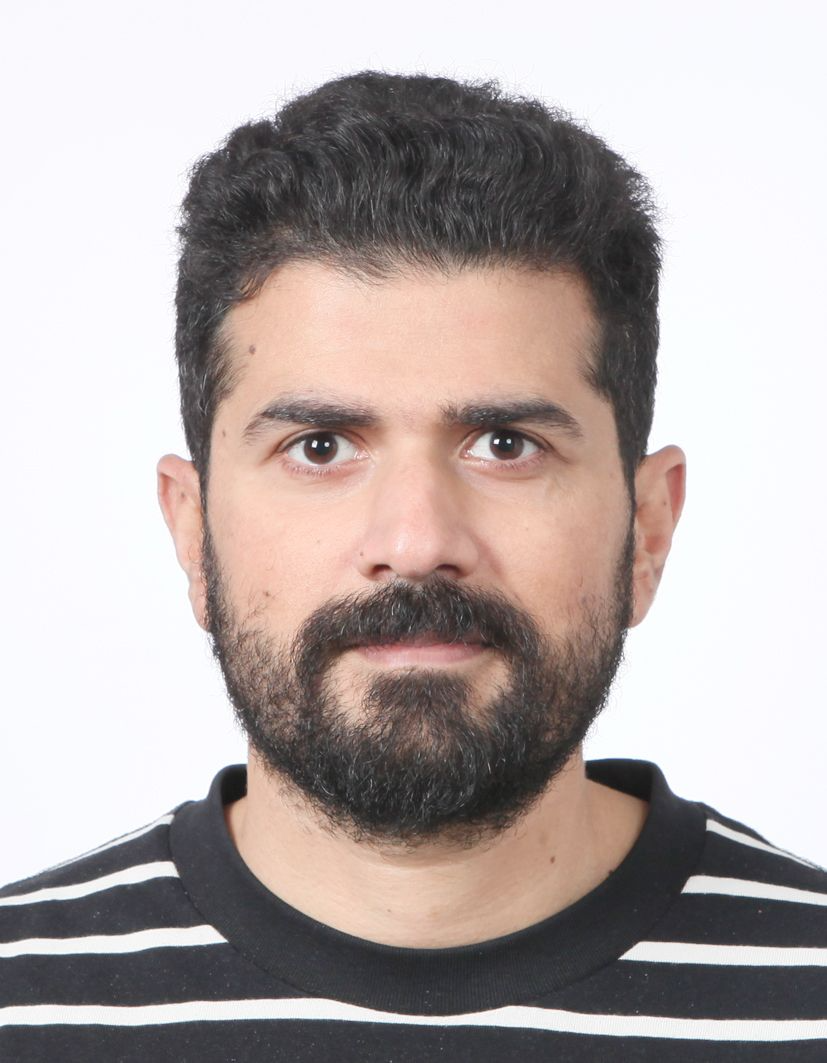Voices from the Lab: Meet Research Assistant, Dr Yao Ge
14 Aug, 2025

Dr. Yao Ge is currently working as a Research Assistant at the James Watt School of Engineering, University of Glasgow. With a background in both Electrical and Electronic Engineering and Computer Science, Dr. Yao brings a unique interdisciplinary perspective to emerging challenges in intelligent systems. His recent research spans RF sensing for human activity recognition, and large language model (LLM)-enabled network intelligence. His overarching aim is to unify sensing and communication technologies within a streamlined hardware framework to enable responsive, adaptive, and intelligent environments.
My work focuses on building practical systems that integrate both sensing and communication within a single, unified hardware platform. Specifically, I’m investigating how a single radar system can simultaneously achieve radar usage andtransmit communication signal in real time. This integrated approach has the potential to enhance in-home monitoring by making it more accessible, particularly in settings where conventional sensors may be limited or intrusive.
What specific challenge is your research trying to solve, and why does it matter now?
My research tackles the fragmentation between sensing and communication subsystems in intelligent environments. Traditionally, these systems are developed and deployed independently leading to increased hardware costs, inefficiencies in data processing, and latency in decision-making. As we move into an era dominated by IoT, autonomous systems to achieve the fine-grained sensing goals within ubiquitous communication signals.
How does your project contribute to the overall goals of CHEDDAR (or your hub)?
Within the CHEDDAR framework, which focuses on creating Human-Centric Systems driven by digital innovation, my work contributes to developing more efficient and cost-effective intelligent infrastructure. By embedding sensing and communication into a unified architecture, we reduce latency, energy consumption, and hardware complexity—factors crucial for real-world clinical adoption. This approach also enhances scalability and supports personalised, context-aware care delivery in a privacy-preserving manner.
Can you walk us through a recent breakthrough or discovery and what it means for your field?
In our opinion, a recent breakthrough in the ISAC field comes from a study titled “Integrated sensing and communication based on space-timecoding metasurfaces.” The researchers demonstrated a design of programmable metasurfaces(PMs), are planar structures capable of dynamically manipulating electromagnetic waves in real time. Recognized as a key enabler for smart wireless environments, PMs also provide a promising platform for integrated sensing and communication (ISAC). This work proposes two ISAC schemes based on space-timecoding metasurfaces (STCMs), which use coding strategies to simultaneously support reliable communication at the carrier frequency and generate spatially distributed harmonics for sensing. These schemes enable seamless communication and sensing using a single hardware platform without additional sensors.
What’s something the public might misunderstand about your area of research?
A common misconception is that technologies involving electromagnetic waves, such as wireless sensing systems, might pose health risks due to radiation exposure. The electromagnetic emissions used in our systems are typically in the microwave or millimeter-wave range and operate at power levels far below safety thresholds defined by international standards. Unlike ionizing radiation (like X-rays), these low-power signals do not have sufficient energy to cause biological damage. Our research also prioritizes safe design practices to ensure minimal environmental exposure while achieving high performance in sensing and communication.
How do you measure impact or success in your work?
Impact in my work is measured across two levels: technical and translational. Technically, success involves improving sensing accuracy from sensing perspective, throughput, and energy efficiency from communication side. Translationally, we focus on deployment feasibility, integration with existing healthcare and communication infrastructure, and collaborative validation with clinic



